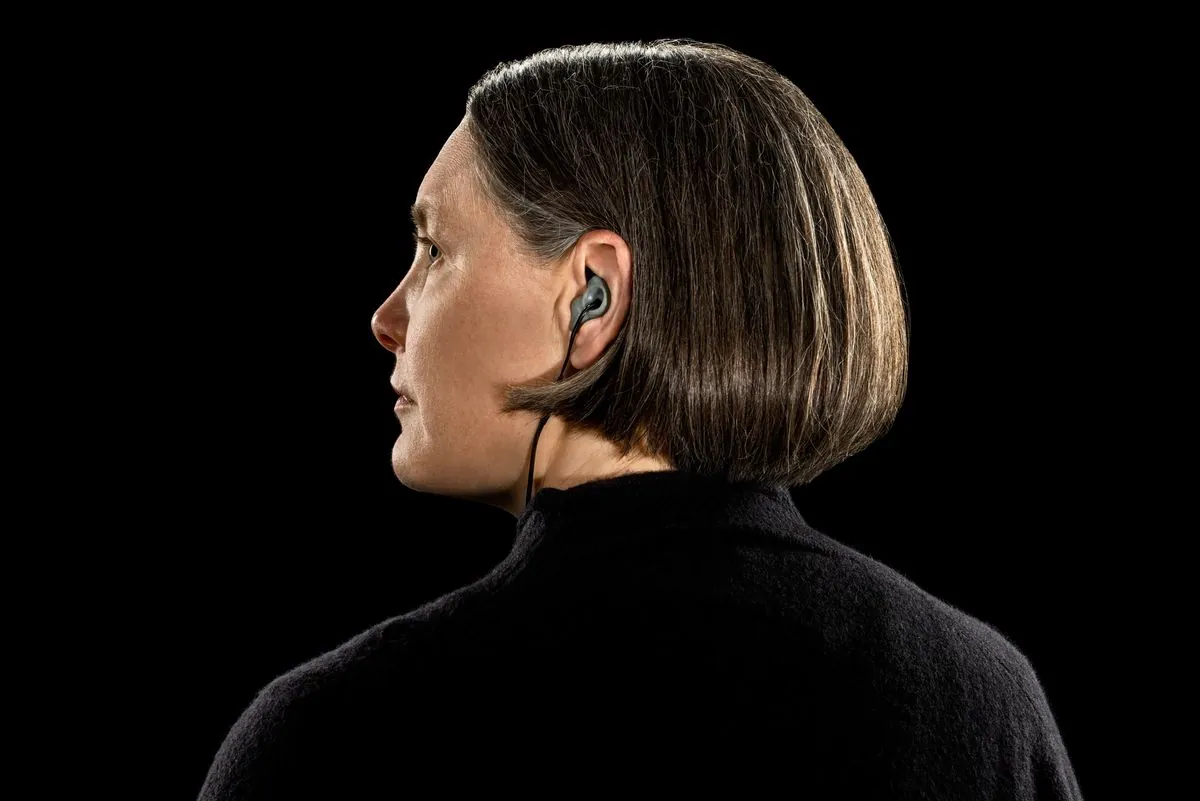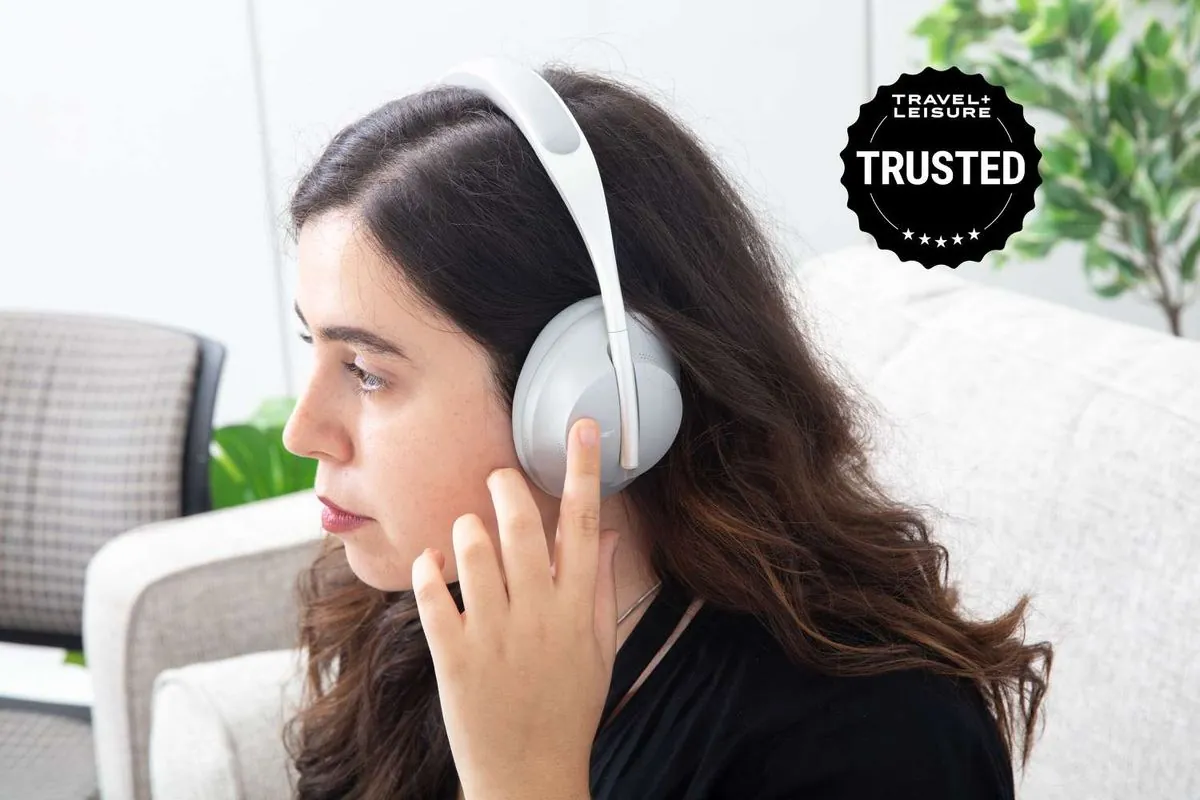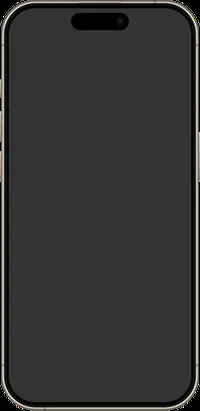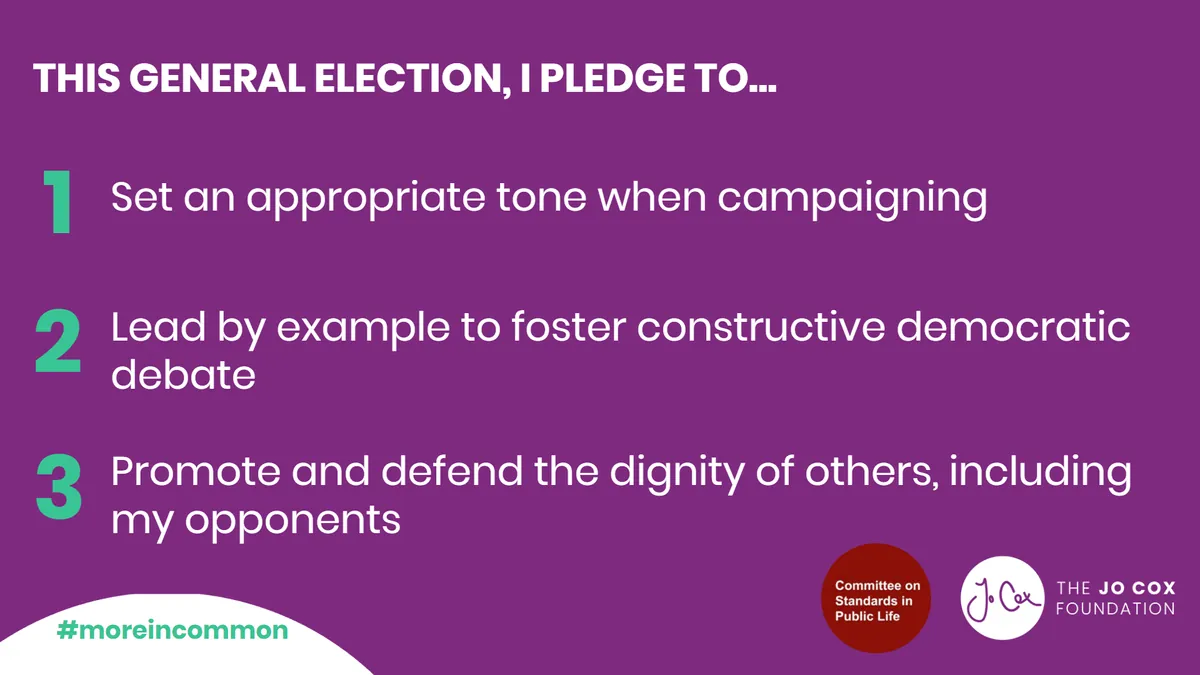Experts Warn: In-Ear Headphones May Pose Greater Hearing Risk
Audiologists caution that in-ear headphones could potentially cause more hearing damage than over-ear models due to background noise leakage. WHO reports over a billion young people at risk of hearing issues from loud sounds.

Audiologists are raising concerns about the potential hearing risks associated with in-ear headphones. These compact devices may allow more ambient noise to enter the ear canal, potentially leading users to increase volume levels and expose their eardrums to excessive sound from both music and background noise.
The World Health Organization (WHO) reports that more than one billion individuals under 35 are at risk of hearing loss and tinnitus due to high exposure to loud sounds. To mitigate this risk, WHO advises keeping average volume exposure below 100 decibels (dB).
Dr. Harvey Dillon, professor in audiology at Macquarie University and professor of auditory science at the University of Manchester, explains:
NHS guidelines recommend using noise-cancelling headphones, limiting volume to 60% of a device's maximum, and restricting usage to no more than an hour at a time.

Active noise cancellation, a feature in many modern audio devices, can help reduce total noise levels and potentially prevent hearing damage. Dr. Sam Couth, lecturer in audiology at the University of Manchester, notes that while noise cancellation is beneficial, it's not a complete solution:
EU legislation limits the maximum output of headphones to 100 dB, equivalent to an ambulance siren. Smartphones offer settings to reduce maximum audio output, with iPhones allowing manual reduction to as low as 80 dB.
Dr. Couth emphasizes that exposure time is as crucial as sound level for hearing safety. At 85 dB, the maximum safe exposure time is eight hours, halving for every 3 dB increase.
Experts stress the importance of choosing headphones with effective noise cancellation. Lisa Barber, tech editor at Which?, notes that performance can vary significantly between brands and models, with some affordable options performing admirably in blocking nearby noise.
As the global headphones market continues to grow, understanding and mitigating potential hearing risks becomes increasingly important for consumers and manufacturers alike.


































